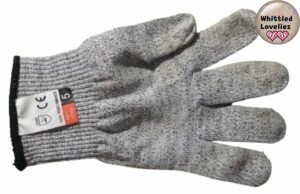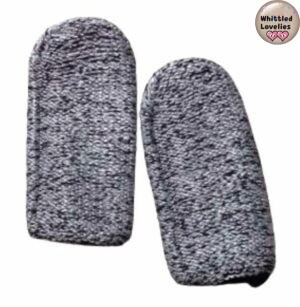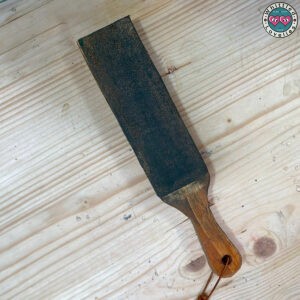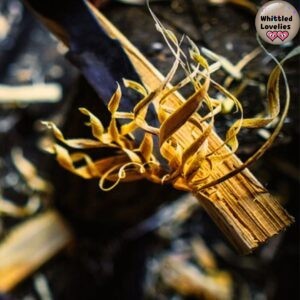The best Woods for Carving
Published on: January 15, 2025
Reading time: 10 minutes
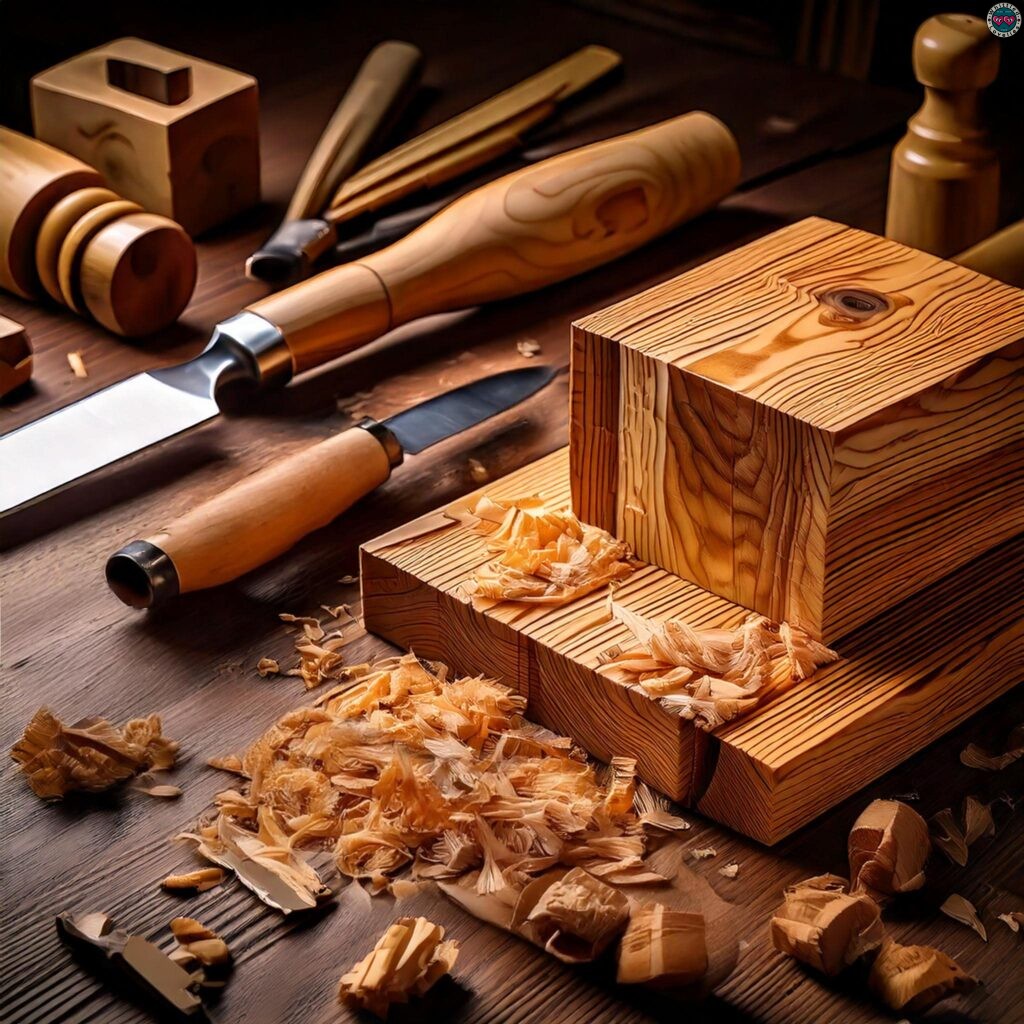
When it comes to woodcarving, choosing the right wood is crucial. Whether you’re just starting out or looking to improve your skills, knowing how to select the right material for your project can make the difference between a rewarding experience and a frustrating one. Basswood, Maple, Birch, Pine… what are the best woods for carving? Which ones are perfect for you? Let’s find out together in this !
You’re probably here because you’re hoping for a clear and definitive answer, one that finally ends your doubts about which woods are ideal for carving. I hate to disappoint you, but there’s no one-size-fits-all answer. Let me explain: the best wood depends entirely on the type of carving you plan to do. Each technique has specific needs and requires the most suitable woods for that discipline.
So, take a step back and first figure out which technique you want to explore. From there, I’ll guide you to select the perfect woods for your needs! If you’re new to woodcarving, I totally understand your confusion. Don’t worry—here on the blog, you’ll find lots of articles that can help answer some of your questions. As for ALL of them, I’m working on it! 😉
For now, I recommend starting with these articles to help you organize your ideas and figure out where to begin:
Then come back here, and let’s dive into figuring out the best woods for carving! 😄
The Best Woods for Knife Carving (Whittling)
Ah, yes! Let’s start with my favorite. But first, let’s clarify: whittling is the art of carving wood using only a knife, creating intricate figures and small projects. It’s a popular technique because it’s simple and accessible. Voilà, almost straight out of Wikipedia!
Since this technique relies solely on hand strength (no motors or electric tools here!), the wood must have two fundamental qualities: softness and density. Imagine a piece of soap: easy to carve but dense enough to allow you to define details like eyes, folds in clothing, or delicate decorations. That’s what we’re looking for.
And now, the answer you’ve been waiting for: the best wood for whittling is BASSWOOD (or European Lime, Limewood, Linden) (Tilia platyphyllos)! The undisputed king, thanks to its soft, uniform structure and lack of knots. It’s the wood every carver keeps close at hand. Plus, it’s easy to find and won’t empty your wallet. In short, it’s a perfect ally. Trust me—try it once, and you won’t look back!

Basswood
(Tilia platyphyllos)
While Basswood is an almost universal choice, there are other woods worth trying:
- SILVER BIRCH (Betula pendula): a slightly harder option than Basswood but still easy to work with. Its fine grain allows for delicate details, making it perfect for decorations, spoons, and small objects.
- SYCAMORE MAPLE (Acer pseudoplatanus): a medium-hard wood with a smooth, compact surface. It’s ideal for creating more detailed and durable figures. With a sharp knife, it carves beautifully.
- WHITE POPLAR (Populus alba): affordable, easy to find, and great for practice. It’s an excellent choice for beginners looking to experiment without worrying too much about wasting material.
- WESTERN RED CEDAR (Thuja plicata): with its unique aroma and straight grain, it’s perfect for decorative projects. It’s easy to work with and adds personality to your creations with its fragrance, color, and texture.
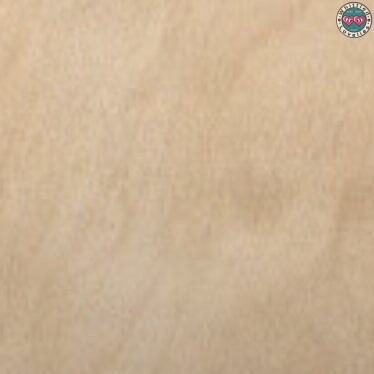
Silver Birch
(Betula pendula)
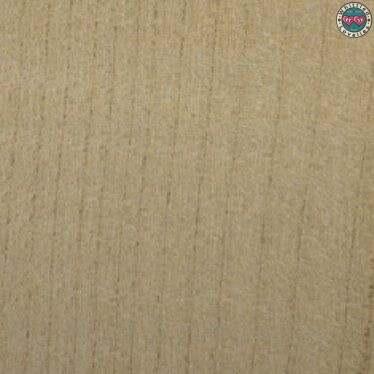
Sycamore Maple
(Acer pseudoplatanus)
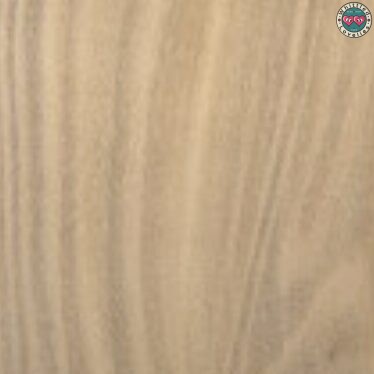
White Poplar
(Populus alba)
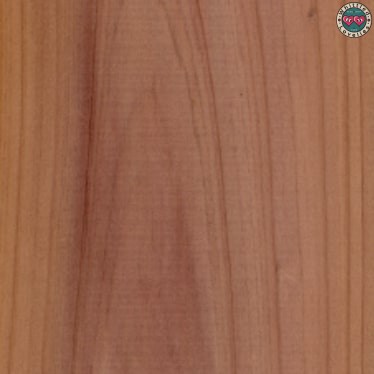
Western Red Cedar
(Thuja plicata)
As you gain experience, you’ll naturally feel the urge to experiment with different types of wood. Do it! Try carving with pieces of Scots Pine (Pinus sylvestris) or Norway spruce (Picea abies), or explore unique options like Northern white Cedar (Thuja occidentalis). You could even use branches (they’re often easier to split with a knife) from Apple (Malus domestica), Pear (Pyrus communis), or Fig trees (Ficus carica).
Each type of wood has its own quirks: it might be fibrous, knotty, or even contain sap or resin… but that’s exactly what makes carving a never-ending journey of discovery! 🌲🪵✨
Safety First!
Carving is pure joy, but only if you do it safely. Always wear cut-resistant gloves, especially if you’re unfamiliar with the wood or how it reacts. Work on a stable surface, and above all, keep your knife sharp. A dull knife is just as dangerous as improper handling.
Also, make sure the wood you choose isn’t toxic (some can cause irritation). If you’d like to dive deeper into the basics, I recommend reading my article, All the Possible Whittling Cuts, where you’ll find tips to refine your style!
The Best Woods for Chisel and Gouge Carving
Chisel carving is a woodworking technique that uses chisels and mallets to remove material, shaping wood into forms, decorations, and intricate details. It’s one of the most traditional and versatile methods in woodcraft. Known for its precision and skill requirements, this technique delivers exceptionally refined and long-lasting results.
With this method, you can create inlays, sculptures, decorative carvings, bas-reliefs, high-reliefs, crests, plaques, and so much more. The possibilities are virtually endless!
Because of its wide range of applications, it’s hard to pinpoint a single “best” wood. Every project has its unique demands, and the choice of wood depends on the technique, the desired level of detail, and the final outcome. But don’t worry: here are some excellent options to get you started and inspire your experimentation.
Once again, Basswood doesn’t disappoint. However, this time we don’t choose it solely for its softness, but for its density: Basswood withstands the mallet’s blows and allows precise work, even on very delicate details.
Since the force is applied to the tool—whether it’s a chisel or a gouge—using a mallet, you can experiment with a much wider range of woods:
- STONE PINE (Pinus cembra): one of my personal favorites. Its uniform grain makes it incredibly easy to work with, especially using gouges. Plus, its natural fragrance is a delightful bonus during carving. However, watch out for knots—they can be tricky if you’re not used to handling them.
- SWEET CHERRY (Prunus avium): perfect for those who love intricate details. Although harder than Basswood, Cherrywood works beautifully with gouges and chisels, offering clean and precise finishes. It’s ideal for refined decorations and projects that demand a high level of aesthetic quality.
- ENGLISH WALNUT (Juglans regia): if you’re looking to create larger decorative pieces, is an excellent choice. Its fine and compact grain allows for intricate details, while its natural contrast and veining add depth and character to any project.
- SESSILE OAK (Quercus petraea): is a robust and durable wood, perfect for projects with a big visual impact. However, it’s harder to work with and requires some experience. If you’re up for the challenge and want to achieve an elegant and resilient result, Oak won’t disappoint.
- EUROPEAN ASH (Fraxinus excelsior): is renowned for its flexibility and durability. It’s perfect for functional items like tool handles or decorative pieces that need to stand the test of time. It works well with chisels and mallets, maintaining excellent stability throughout the carving process.
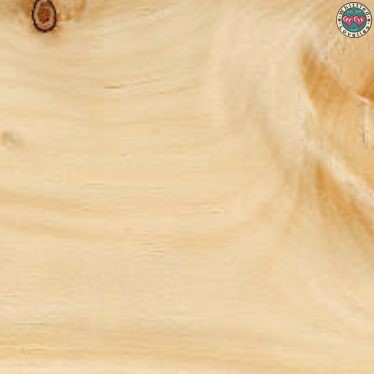
Stone Pine (Pinus cembra)
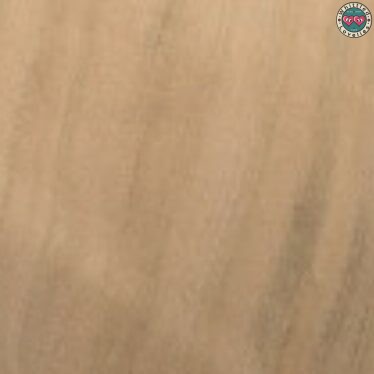
Sweet Cherry
(Prunus avium)

English Walnut
(Juglans regia)

Sessile Oak (Quercus petraea)

European Ash (Fraxinus excelsior)
These woods offer a great starting point for exploring the versatility of chisel carving. With time and practice, you’ll find your own favorites, but the key is, as usual, to experiment and enjoy the process! 🌳🪚✨
The Best Woods for Woodturning
If we remove the mallet and let a lathe do the heavy lifting, chisel carving transforms into one of its fascinating variations: woodturning.
This artisanal technique allows you to create symmetrically shaped or rounded objects such as bowls, vases, turned furniture legs, and many other functional or decorative elements.
The lathe spins the wood at a consistent speed, leaving the artisan to shape it using tools similar to those used in traditional carving: gouges, chisels, blades, and abrasives. The precision and fluidity of the lathe turn each piece of wood into a canvas for your creativity.
In woodturning, it’s not just about softness or density; the aesthetic qualities of the wood—color, grain, figuring, and texture—take center stage. Many of the woods mentioned for chisel and gouge carving are perfect for this technique, but woodturning also opens the door to rarer and more exotic materials. Among the best options, you’ll find:
- OLIVE (Olea europaea): a premium choice, beloved for its decorative grain patterns. Olivewood is perfect for those looking to create artistic, high-level pieces like bowls and ornaments. Its hardness demands an experienced touch, but the results are worth every effort, thanks to the unique and timeless beauty it brings to each creation.
- MAHOGANY (Swietenia macrophylla): a symbol of elegance and refinement, Mahogany features a uniform grain that’s ideal for polished, sophisticated objects. It’s easy to work with, making it a fantastic choice for both beginners and seasoned artisans. Its luxurious finish is especially prized for high-end creations.
- AFRICAN EBONY (Diospyros spp.): the epitome of luxury. With its deep black tones or strikingly contrasting veins, Ebony is perfect for unique and exclusive items. It’s exceptionally hard and requires sharp tools and patience, but its compactness and extraordinary appearance make it indispensable for those seeking unparalleled quality.
- PADOUK (Pterocarpus soyauxii): an exotic and vibrant wood, is renowned for its bright red hue, which darkens over time. It’s an excellent choice for unique decorative items such as bowls and ornaments. Easy to work with, it does require protective finishes to maintain its vivid color over the years.
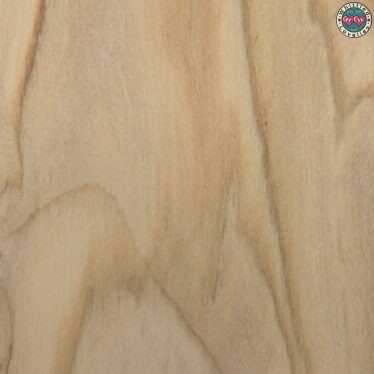
Olive
(Olea europaea)
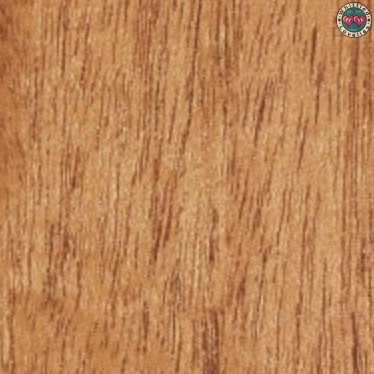
Mahogany
(Swietenia macrophylla)
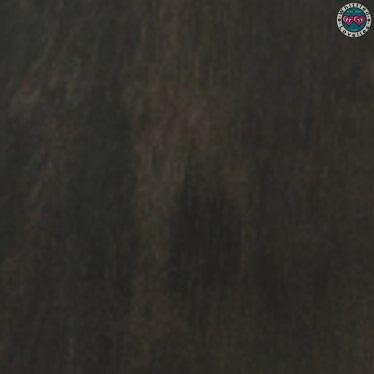
African Ebony
(Diospyros spp.)
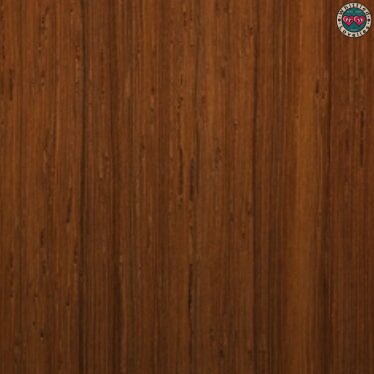
Padouk
(Pterocarpus soyauxii)
Burl wood is also often used—an exceptionally prized part of the tree that forms as an irregular growth at the base of certain species, such as Walnut (Juglans regia) or Poplar (Populus spp.). With its intricate and unique grain patterns, burl wood adds a touch of elegance, and when polished to highlight every natural detail, it transforms into a one-of-a-kind masterpiece.
The Best Woods for Sculpture, Outdoor
If your goal is to create sculptures that stand the test of time—whether you dream of becoming a Chainsaw Carver or working on large outdoor projects with chisels—the choice of wood becomes critical. Here, it’s not just about workability but also about resistance to weather, mold, and pest infestations.
To meet these challenges, you need durable woods known for their stability and resilience in harsh conditions. Each wood has its unique traits, but all of these options share an exceptional ability to withstand the elements.
Among the best are some we’ve already mentioned, like Oak (Quercus petraea), Ash (Fraxinus excelsior), and Red Cedar (Thuja plicata). But let’s get to know a few more standout options:
- TEAK (Tectona grandis): is an excellent choice for outdoor sculptures thanks to its natural oils, which make it inherently resistant to water and mold. It’s perfect for humid environments or places with frequent climate changes. Over time, its golden hue darkens, giving sculptures a fascinating, weathered appearance.
- SWEET CHESTNUT (Castanea sativa): a strong and moisture-resistant wood, is ideal for outdoor sculptures that must endure tough weather conditions. Its grain is less uniform than Oak, but it offers a charming rustic appeal that enhances any outdoor creation.
- COAST REDWOOD (Sequoia sempervirens): one of the most weather-resistant woods, boasts impressive longevity even without intensive treatments. Its reddish tone adds a unique aesthetic to sculptures, making it a remarkable choice for large, artistic, and imposing works.

Teak
(Tectona grandis)

Sweet Chestnut
(Castanea sativa)

Coast Redwood
(Sequoia sempervirens)
These woods, while highly durable and resilient, still require proper treatment to ensure they remain in excellent condition over time. With the right finishes and maintenance, they will not only withstand the elements but also enhance your outdoor sculptures with character and lasting beauty, making your creations admired for years to come. 🗿✨
Green Wood or Seasoned Wood: Which to Choose?
One of the most common questions I get is:
Should I carve with green wood or seasoned wood?
The answer is: as always, depends on the project!
• Green wood: Soft and easy to work with, it’s perfect for quick projects or for beginners who want to experiment without too much effort. However, green wood tends to warp and crack as it dries, making it less suitable for projects that require precision or longevity.
• Seasoned wood: Stable and durable, it’s the ideal choice for detailed work and high-quality projects. Once dried, seasoned wood holds its shape and details much better than green wood.
Another Frequent Question Is:
Can I Carve Living Trees?
The answer is: a firm NO!
Carving a living tree causes severe damage: creating wounds in the wood exposes the tree to bacteria, mold, and pests, compromising its nutrient transport system. In many cases, this leads to slow decay or even the tree’s death.
If you’d like to learn more about the structure of wood and its natural processes, I recommend reading my article (even mentioned on Wikipedia.it! ☺️☺️☺️): Wood: Everything You Need to Know.
In addition to being harmful to the tree, living wood isn’t suitable for carving. It’s too moist, tends to warp during drying, and can damage your tools. The final result will be unstable and unpredictable, making the sacrifice of the tree not only ethically wrong but also entirely pointless.
And That’s a Wrap! 😇 I hope this guide to the best woods for carving was helpful or at least interesting! As always, if you have questions or want to share your progress, leave a comment—I’d love to hear what you’re creating or which woods you’ve discovered! Sending you a big hug, and see you soon! 😘🤗
Catch you next month with a brand-new article, packed with inspiration and ideas for your woodworking projects. 🪵❤️ Ciaooo!
This is an article written by a human for humans!
All articles in the blog are written by me. No contributors, no people paid to write content for me.
Posts written by guests or friends of the blog are marked under the title with the words “guest post.” These are friendly collaborations, contributions to the carving community.
No AI (artificial intelligence) support is employed in the writing of blog articles, and all content is made with the intent to please humans, not search engines.
Do you like my content?
Maybe you can consider a donation in support of the blog!

Click on the link Ko-fi to access a secure payment method and confidently offer me coffee or whatever you want!
From time to time, in articles, you will find words underlined like this, or buttons with the symbol 🛒. These are links that help deepening, or affiliate links.
If you are interested in a product and buy it suggested by me, again at no extra cost to you, you can help me cover the costs of the blog. It would allow me to be able to give you this and much more in the future, always leaving the content totally free.



